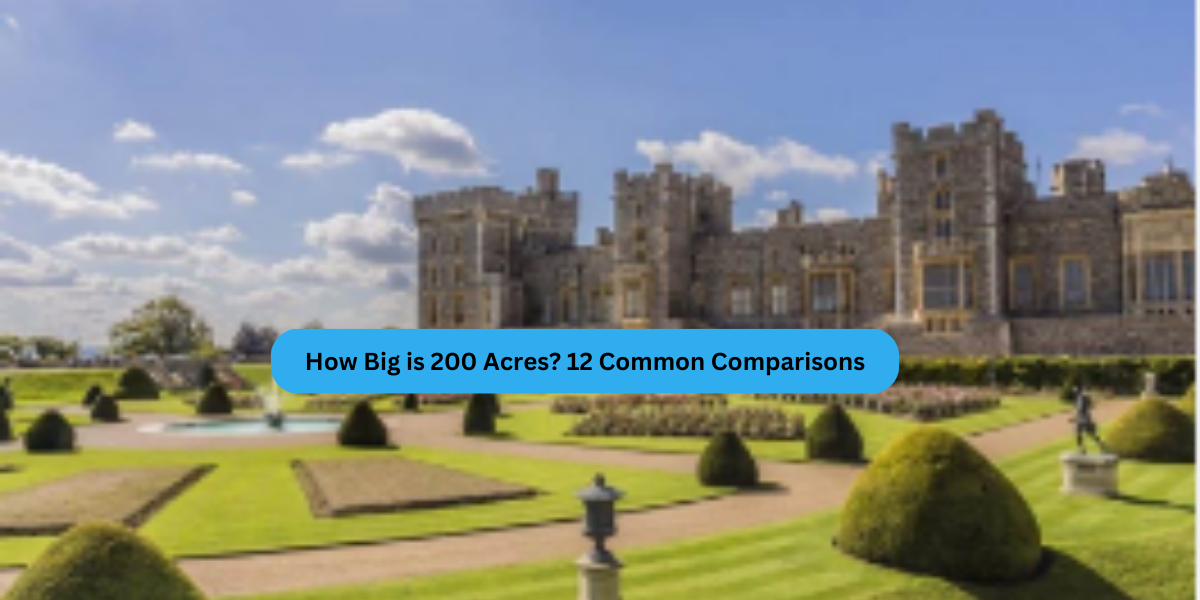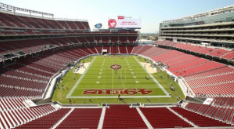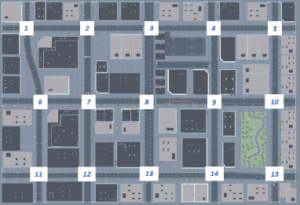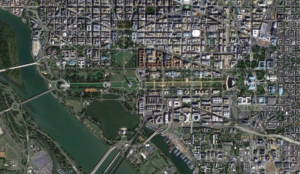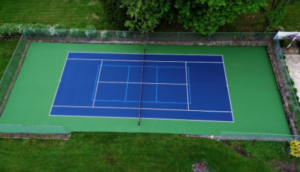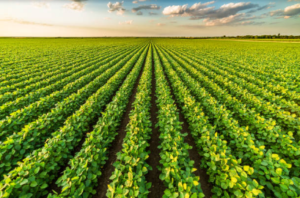Have you ever wondered just how big 200 acres is? For many people, visualizing an area that large can be challenging. Whether you’re considering buying land, comparing it to familiar spaces, or simply curious, understanding the scale of 200 acres can be both fascinating and useful. In this article, we’ll break down the size of 200 acres using relatable comparisons and practical examples to help you grasp its enormity.
By the end, you’ll have a clearer picture of what 200 acres looks like and how it compares to everyday spaces from football fields to cities. Let’s dive in!
this is tool> feet to meters converter
What is an Acre?
Before jumping into comparisons, let’s start with the basics. An acre is a standard unit of measurement used primarily in the United States, the United Kingdom, and a few other countries to measure land.
- 1 Acre = 43,560 square feet
- 1 Acre = 4,840 square yards
- 1 Acre = Approximately 0.405 hectares
To visualize a single acre, imagine a square plot of land roughly 208.7 feet on each side.
Now, multiply that by 200, and you get an idea of the sheer size of 200 acres that’s 8,712,000 square feet!
How Big is 200 Acres? 12 Common Comparisons
1. Football Fields
One of the most common ways to understand large areas is by comparing them to football fields. An American football field, including the end zones, is 57,600 square feet.
- 200 Acres = 152 football fields
Imagine 152 football fields laid side by side; that’s how big 200 acres is.
2. City Blocks
City blocks vary in size, but the average city block in the United States is about 2.5 acres.
- 200 Acres = 80 city blocks
Think of an entire neighborhood or district that’s the equivalent size of 200 acres.
3. Central Park (New York City)
New York City’s Central Park covers approximately 843 acres. This means:
- 200 Acres = ~24% of Central Park
If you’ve ever strolled through Central Park, imagine roughly a quarter of its size a significant area!
4. Square Miles
There are 640 acres in a square mile. Therefore:
- 200 Acres = 0.3125 square miles
While not quite a full square mile, it’s still a substantial piece of land.
5. Houses
The average single-family home in the U.S. sits on a lot size of about 0.2 acres.
- 200 Acres = 1,000 average house lots
Picture an entire residential development with 1,000 homes.
6. Tennis Courts
A standard tennis court measures 78 feet by 36 feet, or 2,808 square feet.
- 200 Acres = 3,101 tennis courts
That’s enough tennis courts to host a massive tournament!
7. Farm Fields
For farmers, 200 acres is a typical size for a medium-to-large farm.
It’s enough space to grow crops like wheat, corn, or soybeans to feed thousands of people.
8. Theme Parks
Famous theme parks like Disneyland in California cover about 500 acres. Comparatively:
- 200 Acres = 40% of Disneyland
You could fit nearly half of Disneyland into 200 acres.
9. Shopping Malls
The average American shopping mall covers approximately 1 million square feet, which equals about 23 acres.
- 200 Acres = ~8.7 shopping malls
Think of several sprawling shopping centers combined.
10. Parking Spaces
A standard parking space takes up about 300 square feet, including driving lanes.
- 200 Acres = ~29,000 parking spaces
This could accommodate a large stadium’s parking lot several times over.
11. Golf Courses
An average 18-hole golf course typically spans 150-200 acres.
- 200 Acres = 1 full-sized golf course
If you’re a golf enthusiast, this is equivalent to an entire course.
12. School Campuses
Large high school or college campuses often range between 100 and 200 acres.
- 200 Acres = 1 large school campus
Picture a sprawling campus with sports fields, buildings, and green spaces.
Why Understanding Land Size Matters
Whether you’re purchasing land, planning a project, or simply curious, understanding the size of 200 acres can provide valuable context. Here are a few scenarios where knowing land size is critical:
- Real Estate: Buyers and sellers often need a clear understanding of acreage to evaluate property value.
- Agriculture: Farmers need to estimate how much land they require for crops or livestock.
- Development: Land developers and city planners use acreage to design residential, commercial, or industrial projects.
- Conservation: Environmentalists measure land in acres to protect and preserve natural habitats.
Conclusion
Visualizing 200 acres can be challenging, but using relatable comparisons like football fields, city blocks, and golf courses makes it easier to grasp. Whether it’s a sprawling farm, a massive parking lot, or a large neighborhood, 200 acres is undeniably vast.
By understanding land sizes and their real-world applications, you can better appreciate the scale of large spaces. Next time you hear someone mention 200 acres, you’ll have a solid mental picture to reference.

